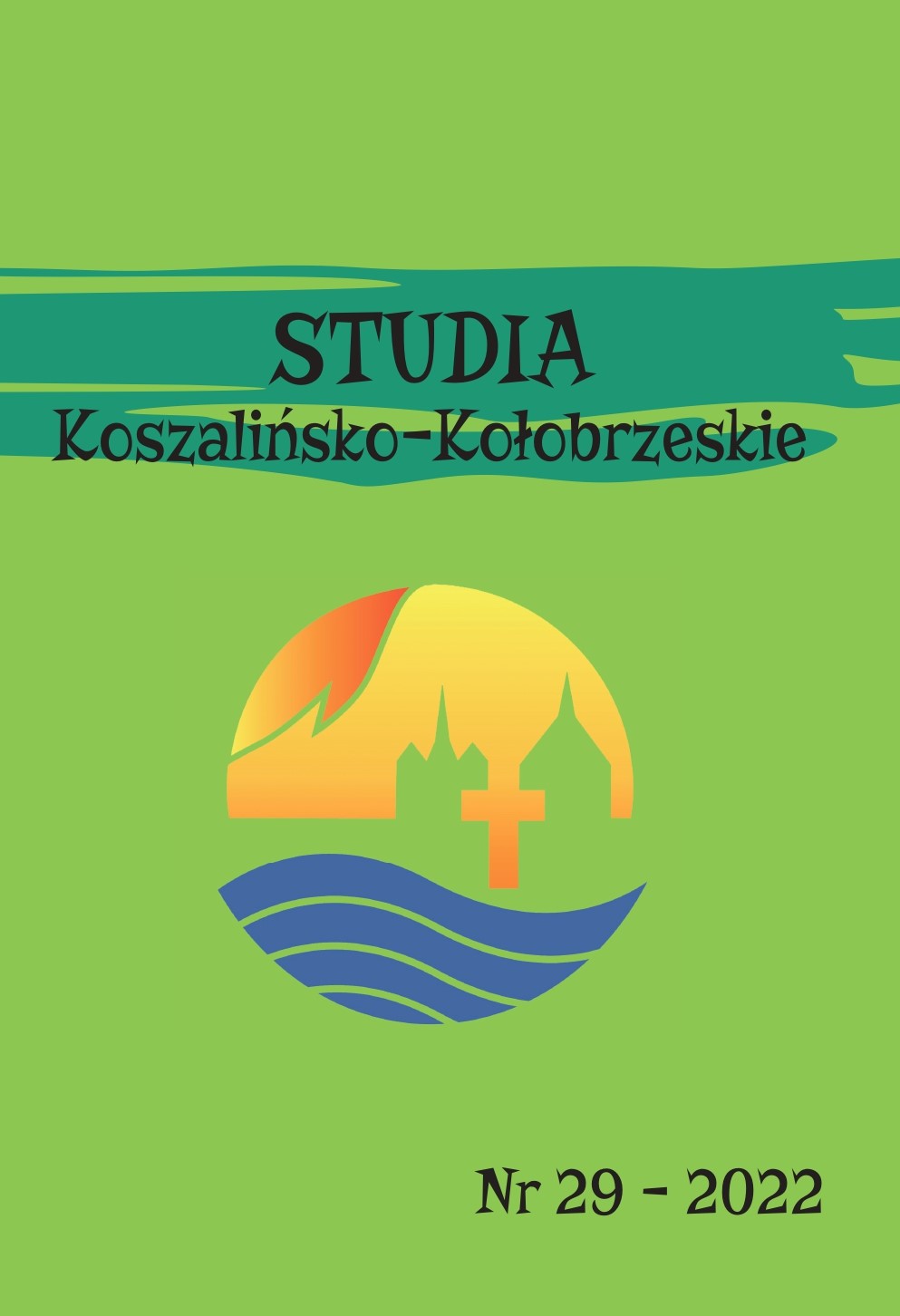Retabulum z Łubowa w nurcie późnogotyckiej sztuki i pobożności z przełomu XV i XVI wieku na Pomorzu Zachodnim
Retable from Lubowo (Łubowo). An example of late gothic sculpture and the lay piety of the and of 15th and the beginning of 16th century in Western Pomerania
Author(s): Angelika Grobelna-SochajSubject(s): Christian Theology and Religion, History, Fine Arts / Performing Arts, Architecture, Local History / Microhistory, Social history, Theology and Religion, History of Religion
Published by: Wydawnictwo Naukowe Uniwersytetu Szczecińskiego
Keywords: West Pomerania; late gothic; altar retable; sacra conversatione; late gothic sculpture; West Pomeranian art
Summary/Abstract: The altarpiece of Lubowo (Łubowo) appeared in the time of the last months of Second World War. In fact, a German officer deposed the parcel by the Pomeranian family. After the war, when the parcel was unpacked, the depositors discovered the late medieval triptych on. It has been conceded to the filial catholic church in Starowice and in 1975 placed in the parish church in Lubowo (Łubowo). The altarpiece has been restored in the years 1974–1975 and in the years 1994–1995 by the renovation ateliers in Gdansk (Gdańsk) and Szczecin. The retable has a central part with the figures of Mother of God with Child and two saints – James the Older and Antony Abbot. The two wings contain the quarters with figures of saint. The left wing contains the figures of saints John the Baptiste, Peter and Paul above and Barbara, Catharina and Dionisius below. The right wing contains the representations of two unidentified saint and saint John the Evangelist above and Margaretha, Dorothy and Laurent below. The message of this composition of figures consist on the Redemption represented in the figure of Madonna with Child, because the little Jesus bears the apple, symbol of sins and its redemption. The groups of figures represents the particular categories of Saints – apostles matyrs, virgins, confessors. The altarpiece has been created in the context of life of urban communities of Pomerania – the cities who managed the international commerce. The citizens needed a particular tool of visual communication, who proclaimed the Christian realities, Zofia Krzymuska-Fafius recognized the stylistic analogies which connect our altarpiece with different other realizations in the German areas. She founded similarities in the late gothic works of sculpture from Szczecin Dabie (Dąbie), Osnabrück, Bordesholm and Würzburg. But it is possible to compare our retable with different example of Pomeranian altarpiece from Stary Ludzick and Koszalin.
Journal: Studia Koszalińsko-Kołobrzeskie
- Issue Year: 2022
- Issue No: 29
- Page Range: 275-292
- Page Count: 18
- Language: Polish

